
Matching the color of gelcoat can be one of the most challenging parts of a boat repair, but with the right techniques and products, you can achieve professional results. In the featured video, TotalBoat ambassador Andy Miller from Boatworks Today shares his expert tips on gelcoat color matching. Below is a summary of his key points, focusing on the steps involved and the TotalBoat products used. Make sure to watch the video at the end for a full demonstration!
Understanding Gelcoat Bases
The first step in color matching gelcoat is selecting the appropriate base. Gelcoat typically comes in two varieties: white base and neutral base.
- White Base: Ideal for pastel colors such as whites, beiges, and off-whites. This is the most common base for boat repairs since most boats are some variation of these colors.
- Neutral Base: Necessary for achieving bright, vibrant colors like candy apple red or bright yellow. Using a white base for these colors would result in a muted version, such as pink instead of red.
Waxed vs. Non-Waxed Gelcoat
Gelcoat is also available in two forms based on the presence of wax:
- Waxed (Finishing) Gelcoat: Contains wax, making it suitable for a single layer application that cures completely, allowing for easy sanding and finishing.
- Non-Waxed (Laminating) Gelcoat: Does not contain wax, allowing multiple layers to be applied over time without additional surface preparation.
Mixing Gelcoat for Color-Matching
When preparing to mix gelcoat for a repair, it's essential to mix more than you think you'll need. Andy recommends mixing at least a pint, even for small repairs. This ensures you have enough material on hand for future touch-ups.
To store mixed but uncatalyzed gelcoat, keep it in a climate-controlled environment to maintain its usability for up to 12 months.
Adding Pigments for Color-Matching
Most boats are some version of white, off-white, beige, or cream. To match these colors, you typically need only three pigments: brown, yellow, and black. Here are Andy’s tips for adding pigments:
- Start with Black: No boat is a stark bright white. Adding a tiny amount of black pigment can soften the harshness of the white base.
- Small Increments: Use a thin layer of pigment on a stick and add it to your gelcoat in small increments. This method prevents overshooting the desired color.
- Mix Gradually: Slowly mix the pigment into the gelcoat, allowing it to drip into the main mixture. This process ensures you don’t add too much pigment at once.
Practical Tips for Gelcoat Color-Matching
- Shake the Can: Before pouring out any gelcoat, shake the can thoroughly to ensure all solids are well combined.
- Dilute Pigments: Always start with less pigment and gradually add more. Removing excess pigment is difficult, so it’s better to proceed with caution.
- Build Up Layers: Use a laminating gelcoat base initially, which allows for multiple layers over time without additional preparation steps.
Achieving a perfect color match with gelcoat can be a meticulous process, but following these steps will help you get started on the right foot. For any questions or further assistance, don’t hesitate to contact the TotalBoat team. We are always ready to help you with your projects! Big thanks to Andy Miller for partnering with us for this demonstration!
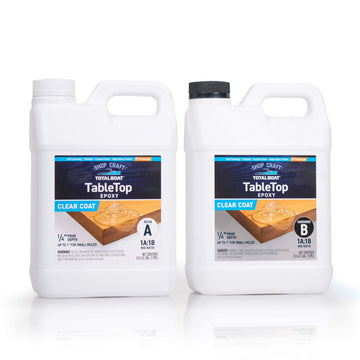
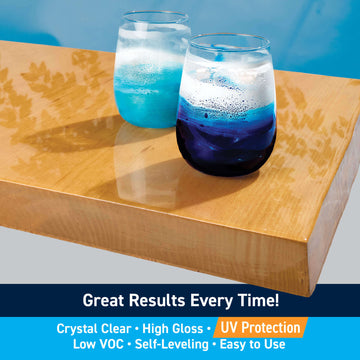
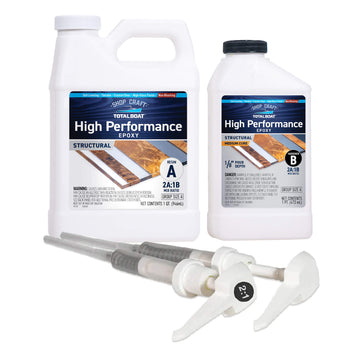
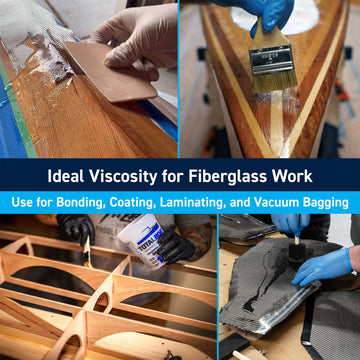
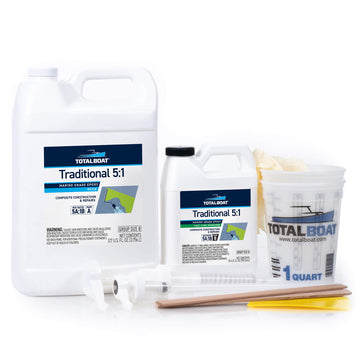
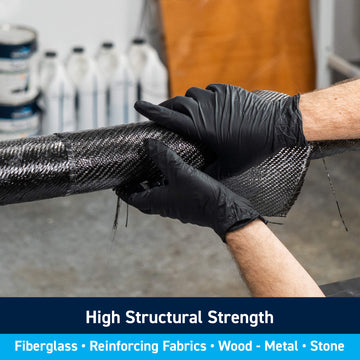
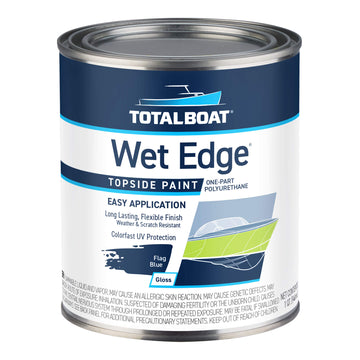
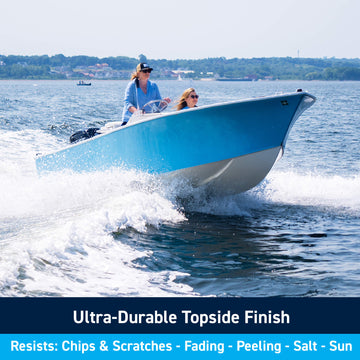
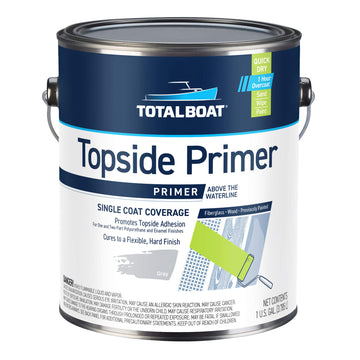
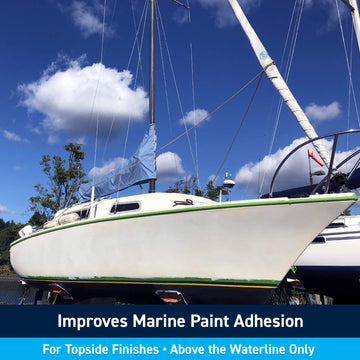
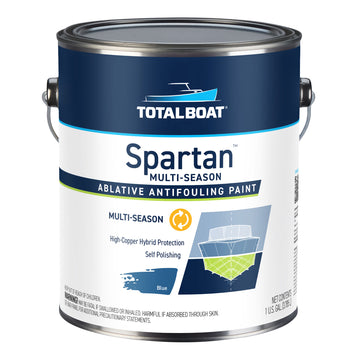
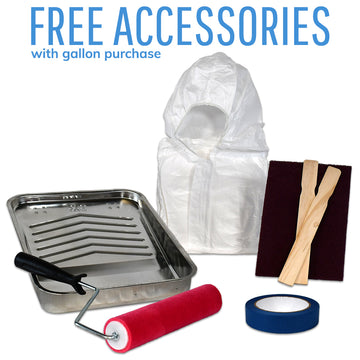
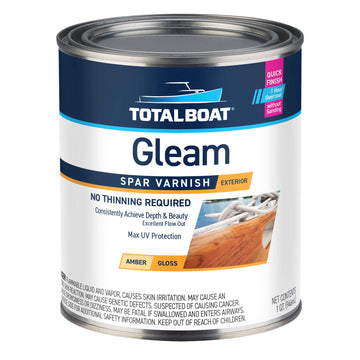
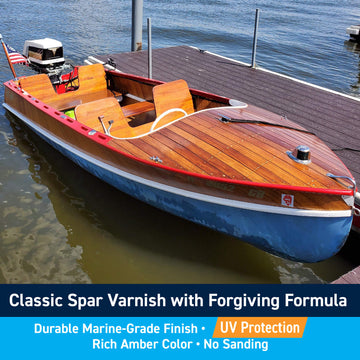
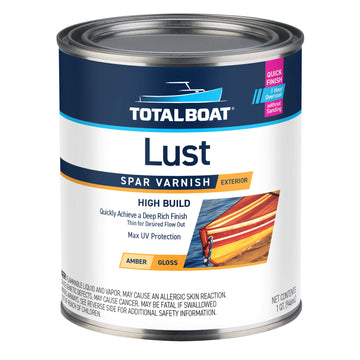
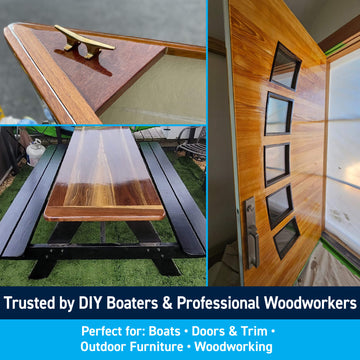
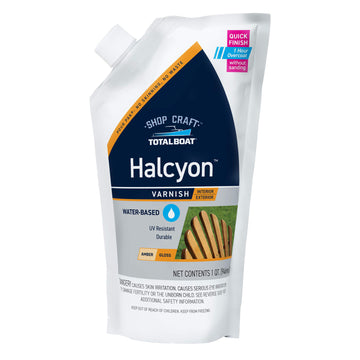
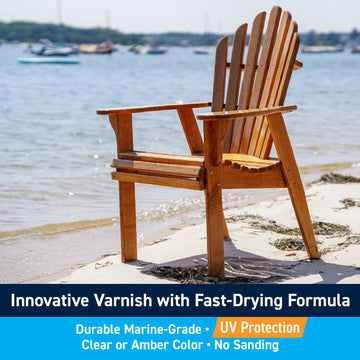




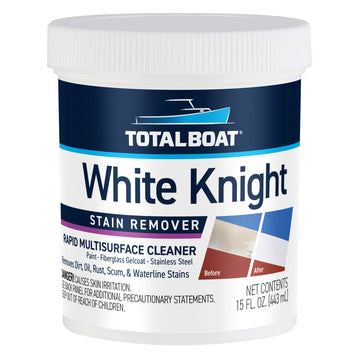
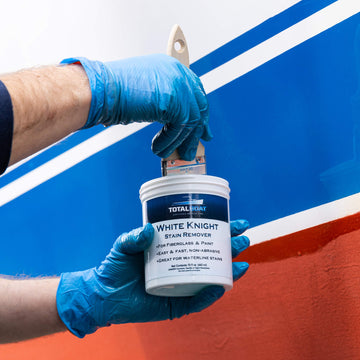



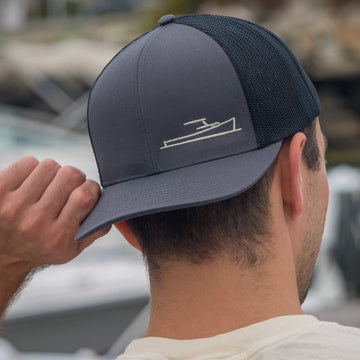
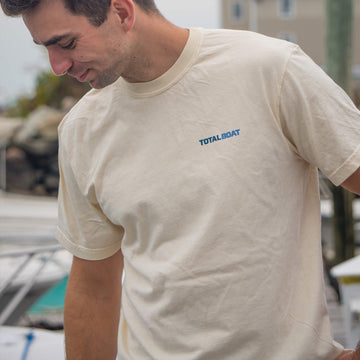
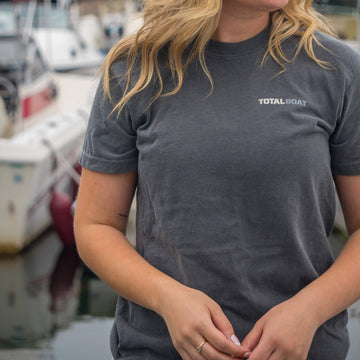
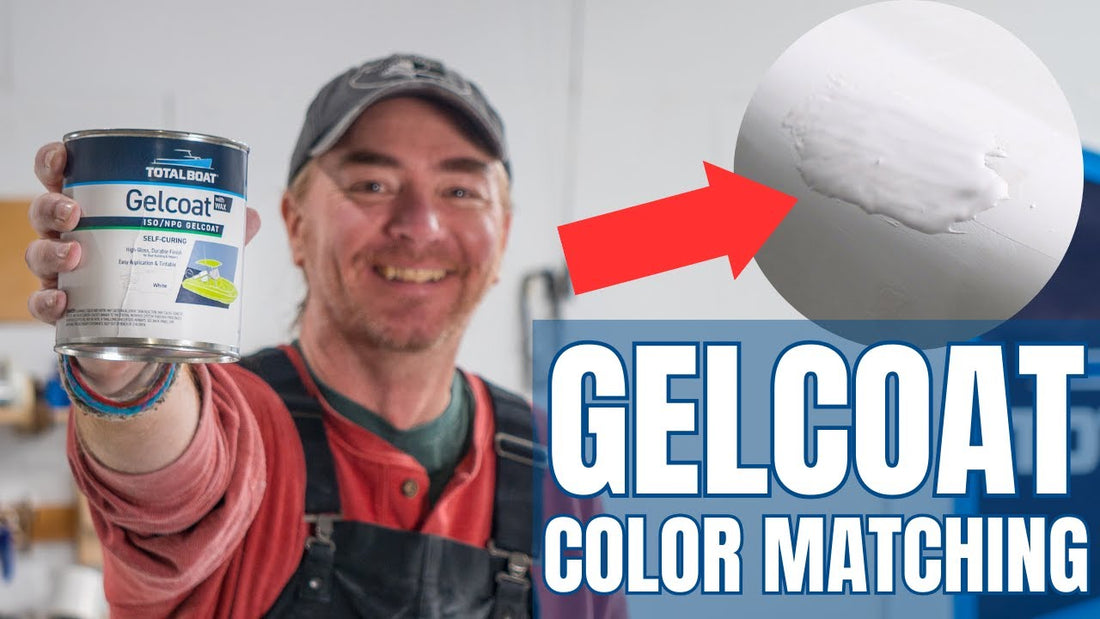
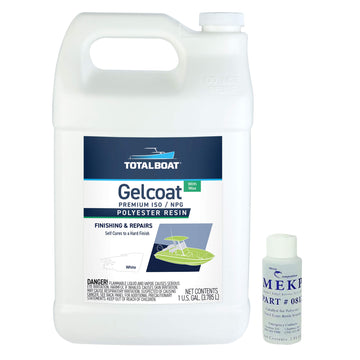
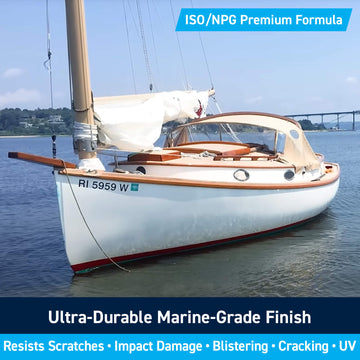
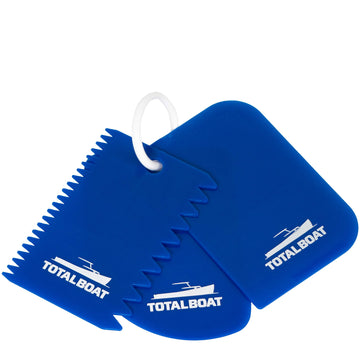
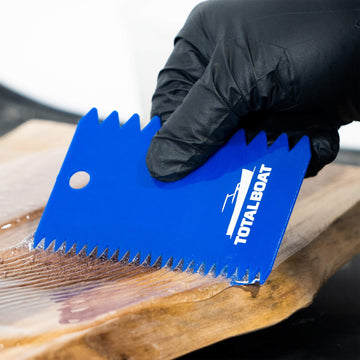
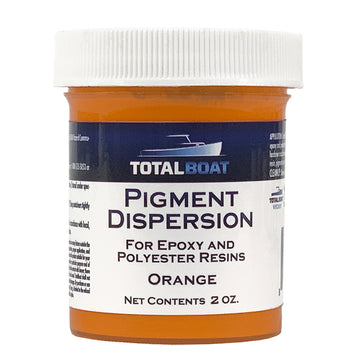
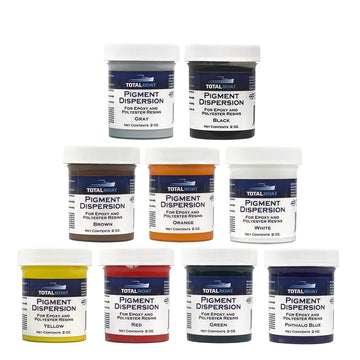
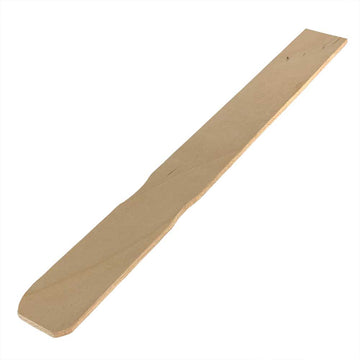




9 comments
Hello, do you sell color matched gelcoat from sending a sample by the pint or quart?
I watch you YouTube video as well as others, one showed applying the color swatch directly around the area that you are going to repair to help match the color. My question is, if I don’t add the hardener to the swatches how accurate will it be and also how difficult is it going to be to remove the swatch samples one I get the correct color from the surface of the boat?
I’m restoring a 1960 Boston whaler 13. Can I roll your paints and if so what tips can you offer.
Thanks!
Tom
Hi,
I am looking for a gel coat repair kits.
The color I have to match is FLAG BLUE.
In general, when matching dark colors will the product tint lighten or darken as the product cures?
Should I mix it up darker or lighter that the color to be matched?
@Ron: It’s important to note that Mixol may not work effectively in gelcoat. TotalBoat pigments, specifically formulated to work in gelcoat, are a more reliable choice.
Here are some tips to help you with your project in the challenging Arizona temperatures:
Color Mixing: First, mix the gelcoat colors until you achieve the desired turquoise shade. Do this step without adding the MEKP catalyst.
Catalyst Addition: Only add the MEKP catalyst when you are completely ready to apply the gelcoat. Due to the high temperatures, the gelcoat will cure very quickly once the catalyst is added.
Timing: Consider working during the coolest parts of the day, such as early morning or late evening. Working in the shade can also help manage the curing speed.
Testing: If you still want to use Mixol, perform a small test batch to ensure compatibility, as we cannot guarantee it will work with gelcoat.
Preparation and timing are key to a successful DIY project in high temperatures.